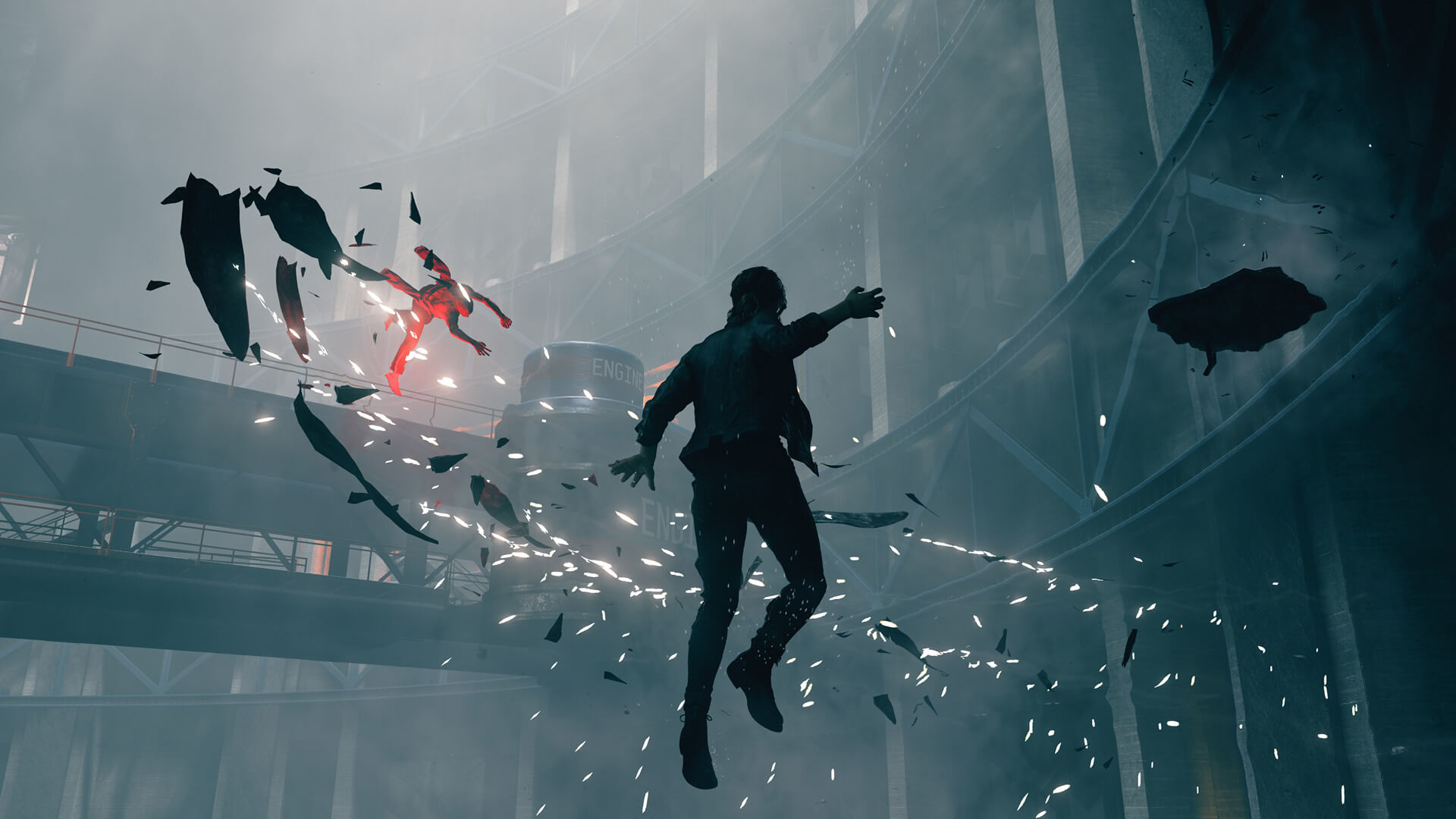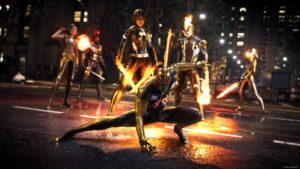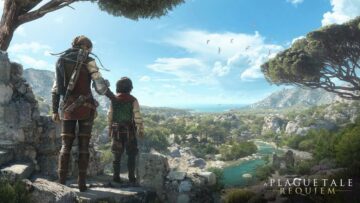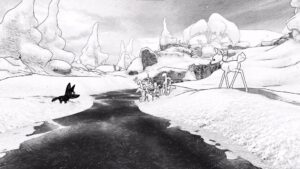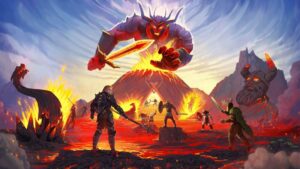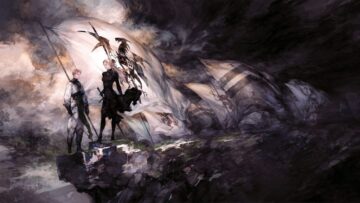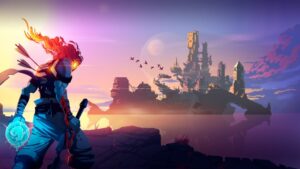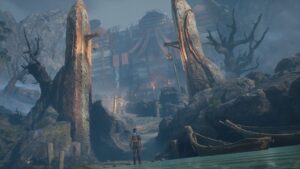Remedy Entertainment is easily one of the most recognizable names in the industry, thanks to a number of excellent titles under its belt. The Finnish developer first came into the limelight with 2001’s Max Payne, and since then – the studio has continually built upon its unique yet recognizable brand of storytelling and memorable characters. Whether it’s the dark town of Bright Falls in Alan Wake or the complex noir drama of Max Payne or the twisted architecture of The Oldest House in Control – each of Remedy’s games explores a few recurring themes that are constant between the developer’s many games. As such, it’s not that surprising that these games contain numerous references to each other.
[embedded content]
While this was initially thought to be just secrets, Remedy has now revealed that these games are part of a larger universe, rightly dubbed the Remedy Connected Universe. While the only two confirmed games within the universe are Alan Wake and Control, almost every game by the developer somehow fits into this overarching universe – intentionally or not. With Alan Wake 2 slated for release next year and Max Payne 1 and 2 remakes on the horizon as well, it’s the perfect time to dive into this maze of connections that all collectively form the Remedy Connected Universe.
The baseline for this universe was established with 2019’s Control, so let’s start from there. As fans of the game might already know, Control sees players controlling Jesse Faden – a woman who’s on a quest to find her long-lost brother Dylan and uncover the truth behind the mysterious entity called Polaris. This quest leads her to the FBC headquarters, where she is promptly chosen as the director of the institution all while an otherworldly plague known as the Hiss has invaded the building’s premises. Keeping further plot details aside, Control is all about this organization that deals with the supernatural events which the game calls AWE or Altered World Events. Things that bring about these altered world events are called Objects of Power, and they can be anything from a flamingo statue to a slide projector to a well, you guessed it – a typewriter.
This is where Alan Wake fits into the connected universe. You see, Wake’s typewriter is actually considered to be an Object of Power – which combined with some magical properties of Cauldron Lake, makes the works of art created there somehow come true. Control’s DLC expansion AWE establishes even more connections between the two games, such as revealing that Alan’s wife Alice had been visiting the offices of FBC to talk about Alan’s sudden disappearance in Bright Falls. The FBC was, of course, well aware of the strange happenings in Bright Falls and the run-in of the Dark Presence with Wake – and had even nominated him as a prime candidate for the position of director.
According to Control‘s optional documents, FBC had also conducted an extensive investigation of a possible AWE in Bright Falls back in the 70s, when the famous poet Thomas Zane suddenly went missing, but the investigation never reached a definitive conclusion. During the end of the DLC chapter, fans are also teased of a future AWE set to happen very soon in Bright Falls – which we are assuming directly relates to whatever Remedy has in store for Alan Wake 2.

Another solid connection between the two games is Night Springs – a TV show dealing with paranormal activities that players can see throughout Alan Wake. As it turns out, Night Springs is actually produced by none other than the FBC – in an effort to normalize the supernatural for the common people. What’s more is that Alan is said to have written multiple episodes of this TV series, one of which seems a direct nod to the events that take place in Control. Fan theories suggest that Control and FBC may actually be all a part of a story that Wake might be using to somehow climb out of the Dark Presence – although that’s something we will get to know in the upcoming Alan Wake 2.
Control protagonist Jesse Faden found the Slide Projector object of power in the town of Ordinary, which kickstarted an AWE leading to a sudden disappearance of all the adult population of the city. This town of Ordinary connects Quantum Break to the RCU, as players can actually see multiple references to the events of Alan Wake and Control through graffiti and notes scattered around the game. Furthermore, an optional cutscene in Quantum Break shows Will Joyce preventing a critical miscalculation in a time-traveling experiment, which leads to a massive power outage in Ordinary. These are all loose connections and probably wouldn’t be built upon with future games from the developer, since the rights to the Quantum Break IP reside with Microsoft and not Remedy.
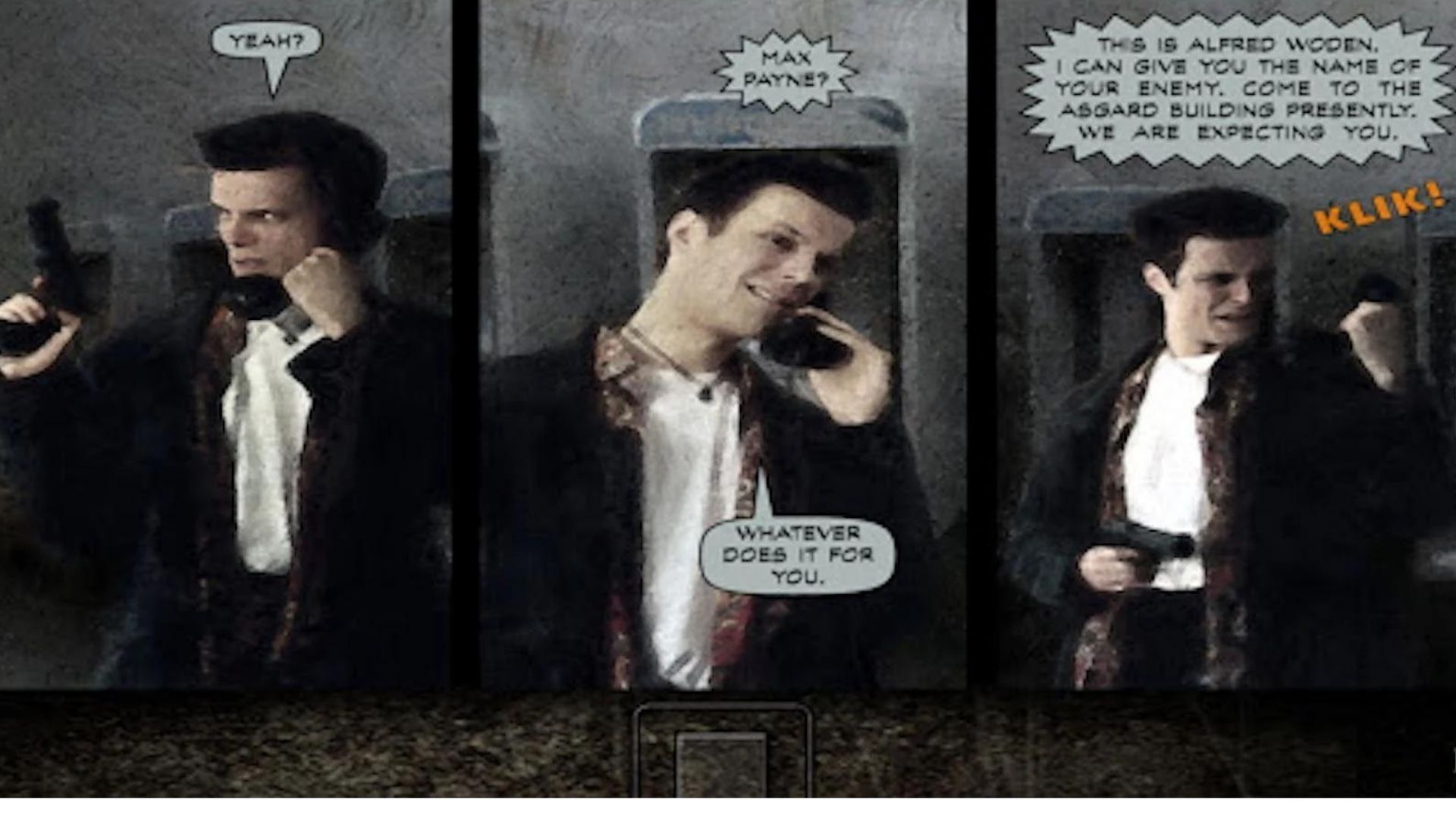
Then there’s Max Payne. Since that was the developer’s first proper game (if you exclude Death Rally), there wasn’t any concept of a connected universe, so the game doesn’t have any bespoke connections with Alan Wake or Control. However, we do know that Alan Wake was the author of a neo-noir drama by the name of Alex Casey, which saw an undercover cop exacting revenge for the death of his loved ones. We see a couple of pages of this novel during one of Alan Wake’s early sequences, which match the script for Remedy’s breakout success. Between this and the appearance of Sam Lake in an in-game interview, the original model for Max Payne being the model of the protagonist in Wake’s novel – we can more or less come to the conclusion that the events of Max Payne were indeed fabricated by Alan. It’s possible that we see more of these connections and references fleshed out with the Max Payne remakes, but given the fact that the Max Payne rights are owned by Rockstar and not Remedy – one shouldn’t expect these connections to be further expanded upon even if Max Payne as a series returns with a new entry in the near future.
Remedy also produced an Alan Wake spinoff in the form of 2012’s Alan Wake: American Nightmare, but the game is believed to not be a part of the canon universe – and apart from a mention of the town of Ordinary, there’s little to no connections of the game with the connected universe. Lastly, there’s CrossFireX, whose single-player campaign was developed by the Finnish developer itself. While the game’s narrative still touches upon similar themes such as time travel and supernatural elements, the game seems to be taking place in its own separate universe with no connection to the developer’s other titles – except for the odd mention of them through secrets and whatnot.
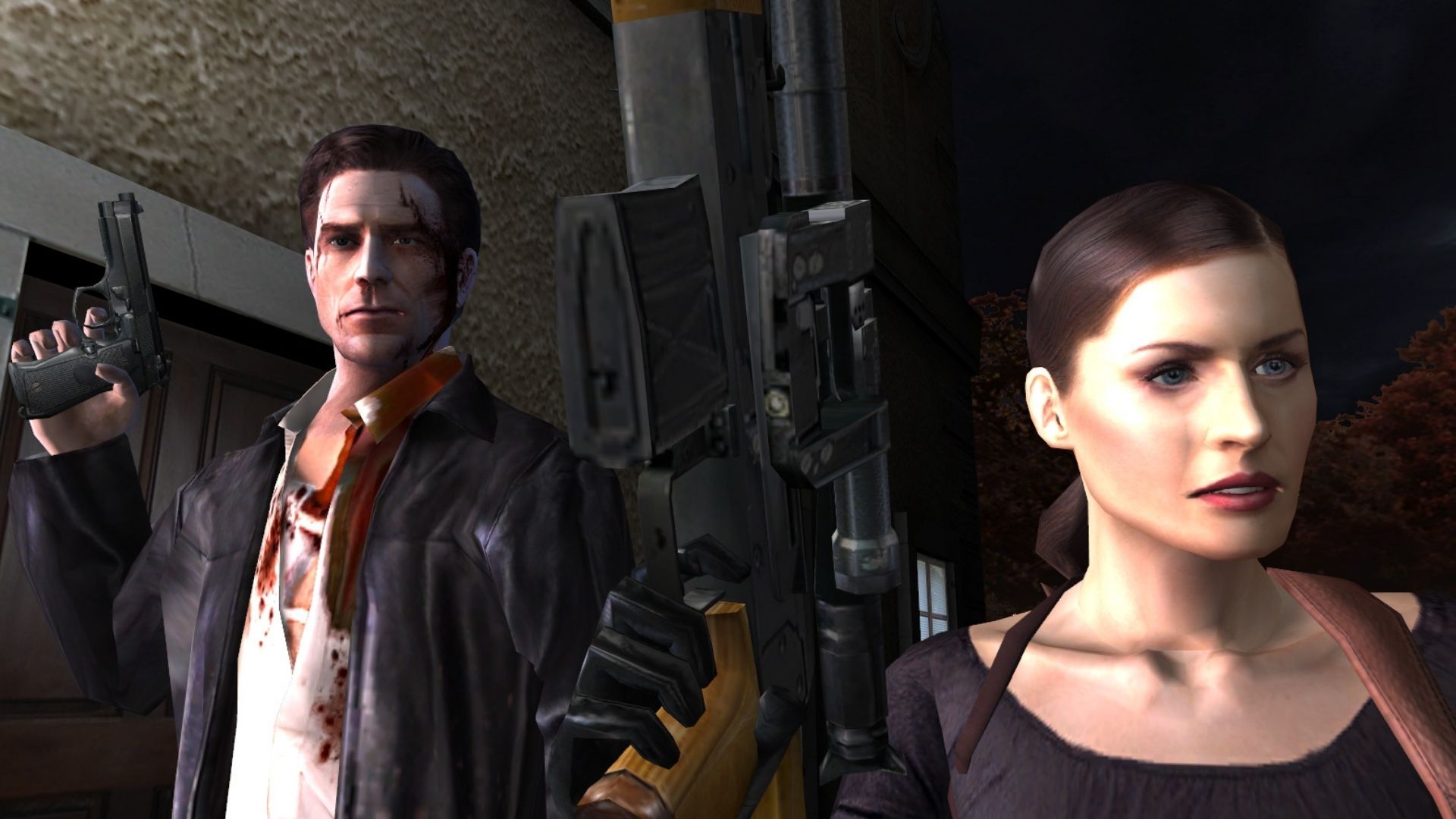
This connected multiverse wouldn’t be complete without a mention of Poets of the Fall, a Finnish alternative rock band that has provided music for most of Remedy’s games. The band has appeared under several aliases within the games such as Old Gods of Asgard – and has provided excellent tracks such as the likes of Take Control in Control and Children of the Elder God in Alan Wake alongside tracks like War that are credited with the band’s official name in Alan Wake.
To conclude, Remedy Connected Universe is an interesting premise, and one that the developer has been slowly and steadily building towards. Given how distinct of a style Remedy has perfected with so many of its games over the years, it kind of makes sense for them to have some sort of solid connection to each other. Fans are going to be treated with a ton of related information in the near future, thanks to Remedy’s upcoming releases which include a sequel to Control, its multiplayer spinoff Condor, 2023’s Alan Wake 2, and full remakes of Max Payne 1 and 2 built using the Northlight Engine.
Note: The views expressed in this article are those of the author and do not necessarily represent the views of, and should not be attributed to, GamingBolt as an organization.
- alan wake
- Alan Wake 2
- alan wake american nightmare
- amazon prime gaming
- article
- axie infinity
- Casino Games
- coingenius
- Control
- CrossfireX
- EA Sports
- Editorials
- Evil Geniuses
- Gaming
- Gaming Bolt
- gaming headset
- gaming pc
- madden nfl
- Max Payne
- Max Payne 2
- Nintendo
- Online casino games
- pc games
- plato
- plato ai
- plato data intelligence
- plato game
- plato gaming
- platodata
- platogaming
- playstation
- prime gaming
- Quantum Break
- Remedy
- remedy entertainment
- Team SoloMid
- xbox
- zephyrnet
